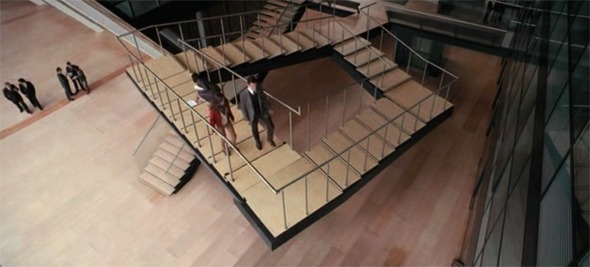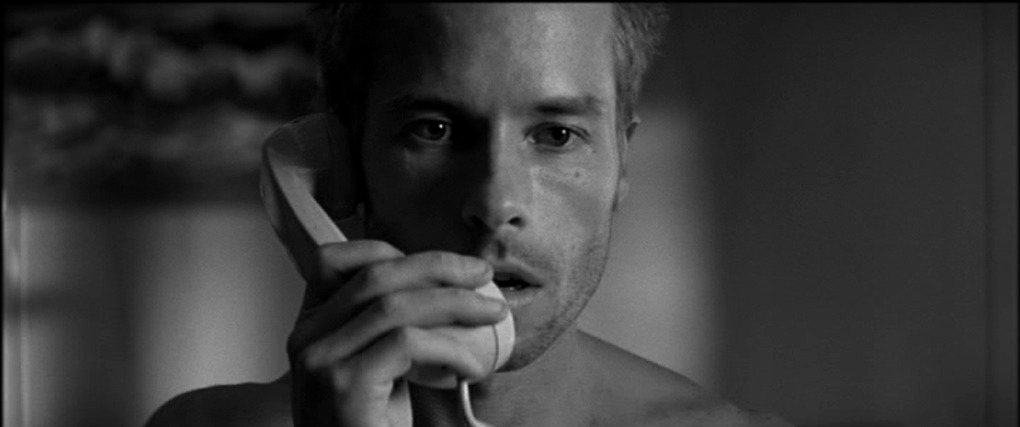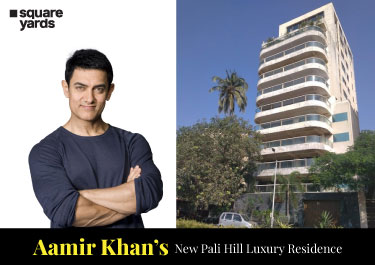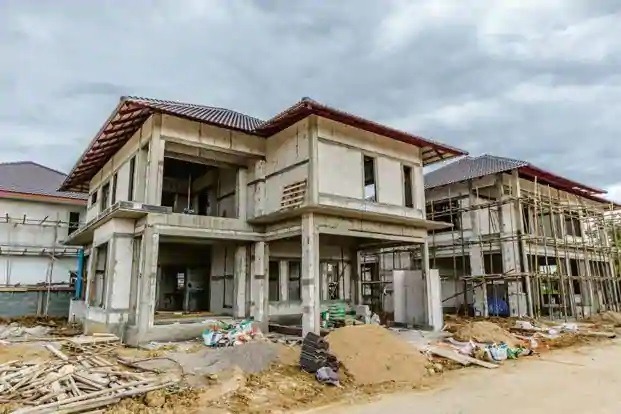“Space, light and order. Those are the things men need just as much as bread and sleep.” Quoted by Le Corbusier for architecture, it fits like legos for filmmaking.
If you think about it this way, who are filmmakers if not architects of cinema? Building a screenplay, laying the stones for production and varnishing films with the final edit that’s what a filmmaker does. Christopher Nolan is one of the contemporary directors who makes films with the care and attention an architect puts towards his work.
Auteur director has a way of synthesising deconstructed events in a screenplay with the help of conjunctions like cinema-specific colour palettes, well-curated sets, tight writing and impeccable acting. If you were to pick apart a Nolan film, you’d be able to write a thesis on every aspect of his filmmaking. His sets are the talk of the town, be it Following, Memento, The Batman Trilogy, Inception, Interstellar or the recent Oppenheimer. The essence of his films is conjugated using live locations and creating sets that blur the audience’s perception of reality and the space-time continuum. This article is an attempt to immerse you in the architecture of Nolanverse.
Table of contents
Marriage of Architecture, Math and Nolan
Most of Christopher Nolan’s films have a mathematical enunciation. He curates every scene with purpose. A vivid visualiser, Nolan is always successful in bringing this idea to life, for a film like Inception would not have been possible without meticulous attention to detail. This visualisation effort brings out thematic elements that leave the audience in awe. His films use stylistic mathematical techniques like Droste Effect, impossible objects, Mobius Strip, tessellations and paradoxes. Impossible objects and mazes are his favourite recurring themes. Nolan has even spoken about creating labyrinths in his films that follow the character over their shoulders to make it seem like the viewer is making those choices as the film progresses.
Scenes are planned mathematically, with geometry trumping other themes and depicted using diagrams before they are shot. One such example is the non-linear script of Memento. The film is constructed using a hairpin or U-bend method, with two different timelines shared alternatively through cuts till the movie ends, merging both timelines.
Inception’s ‘design the dream’ concept had left the world in complete shock, among other things. However, the endless mirrors scene and Penrose Stairs in the film boosted the film’s impact, shot using the impossible shapes theme. There has never been a director in cinema history who could manipulate the audience’s perspective through geometry and architecture like Nolan does.

Source: Moillusions
Nolan and his creative team use a marvellous blend of exceptional writing, science and mathematics, which gives birth to a perfect scene, almost always.
Colour
Architecture is not the act of building something. It is the curation of a piece of art using science and mathematics. If you visit a new city, you stop and praise the architecture, look at the buildings and appreciate what the architect has tried to achieve. You try to dissect the architect’s thought process and exclaim, ”I wonder what he was thinking while designing this.” This is the same thing you will hear thousands of people saying after watching a Christopher Nolan film.
If we talk about the atmosphere of Nolan’s films, most are based in a metropolitan environment with heavy use of colder colour palettes. Using a specific colour palette in films tends to impact the audience’s psyche deeply. The audience develops a relationship with the characters based on the “aura” of the character on screen. The best example of Nolan messing with our minds using colour palettes is The Dark Knight. This was achieved using distorted tones of bright colours for the Joker and a darker black, brown and grey gradient for Batman.
Using Light and Space

Source: Film-Grab
Le Corbusier was a Swiss-French architect known for designing Chandigarh City in India and Unite D’ Habitation in Marseille. He is also known for modern architecture. His work has been inspired by Espirit Nouveau (new spirit). His radical approach towards architecture complimented the rapid growth in technology. Le Corbusier said architecture is the learned game, correct and magnificent, of forms assembled in the light, similar to how Nolan treats his films.
The play of light in his films has deep meaning. Several of his films are based on the philosophy of architecting light so that shadows succeed the light. He covers just three-fourths of the character’s face with a key light rather than over-illuminating them, creating shapes that provide a layer to the scene while using shallow depth of field.

Source: Media-Amazon
Like glass buildings in the downtowns of various cities give you a thought of being in an ultra-modern world, Nolan uses the same idea for most of his films. The director shoots his films in real locations instead of creating a set. The few times he has indulged in creating sets are the challenges he had set for himself while writing the film (you can go back to the aeroplane crash scene from Tenet or the hotel scene from Inception). Christopher is known to indulge in production design so that the interpretation of scenes is left to the audience. Who doesn’t love a filmmaker who treats his viewers as intelligent beings?
Are You Watching Closely?

Source: Forbes
The eclectic Nolan brain dissects the several layers of his characters and loosely stitches them back, leaving the audience to reopen the layers of those characters as they progress in the film. Just like an architect leaves their soul in the building, visitors can experience the marvel floor by floor. The similarity between architecture and filmmaking is apparent. He plays with the themes of family and, on various accounts, a character’s perception of self. His famous intercutting technique often leaves the audience in confusion. It is also the glue that ties the whole film together, creating a sense of urgency or preparation for a climb or what is to come next, just like escalators taking you to the next floor of a new building. Just like you realise the grandeur of a piece of architecture when you are closer, Nolan aims for the same concept. When you think about it, making a film involves as much science and mathematics as architecture. Both require an artist who can manufacture a three-dimensional piece from two dimensions.





































